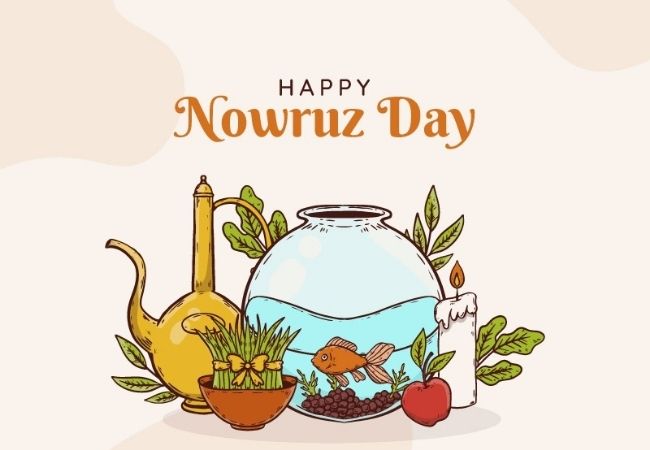New Delhi: Today marks the first day of spring and Iranian New Year, which is celebrated with great fervour and enthusiasm among Parsi communities all around the world including India. The day is called Nowruz which can be split into ‘now’ meaning new and ‘ruz’ meaning day, thus translating to ‘a new day.’
Nowruz marks the beginning of Farvardin, the first month of the Solar Hijri calendar, and is usually celebrated on March 20 or 21 globally. Considered as a day for good deeds and speaking good words, people clean and decorate their house, buy new clothes, and have gala food spread with friends and family.
Which countries celebrate Nowruz?
Nowruz is celebrated in many countries with special influence on Persian culture like Iran, Iraq, India, Afghanistan, and parts of Central Asia. Nowruz is celebrated by Kurds in Iraq and Turkey, as well as by the Iranis, Shias, and Parsis in the Indian subcontinent. The festival is also celebrated in the Americas and Europe, including Los Angeles, Phoenix, Toronto, Cologne, and London by Iranian communities. Besides, in Phoenix, Arizona, Nowruz is celebrated as the Persian New Year Festival.
Nowruz in India
In India, the festival is mostly celebrated around August 16-17 by the Parsi community following the Shahenshahi calendar which does not comprise of leap year. However, many people also celebrate in March. Some of the traditional dishes of Nowruz are Patra Ni Macchi, Akoori, Falooda, Dhansak, Ravo, Sali Boti, Saffron Pulao.
History
The festival is named after the Persian king, Jamshed, who created the Persian or the Shahenshahi calendar. It is said that Jamshed saved the world from an apocalypse that came in the form of winter and was destined to kill everyone. The scriptures stated that during the rule of Jamshed, there was no excessive heat or cold and no premature deaths and everyone lived happily ever after.

